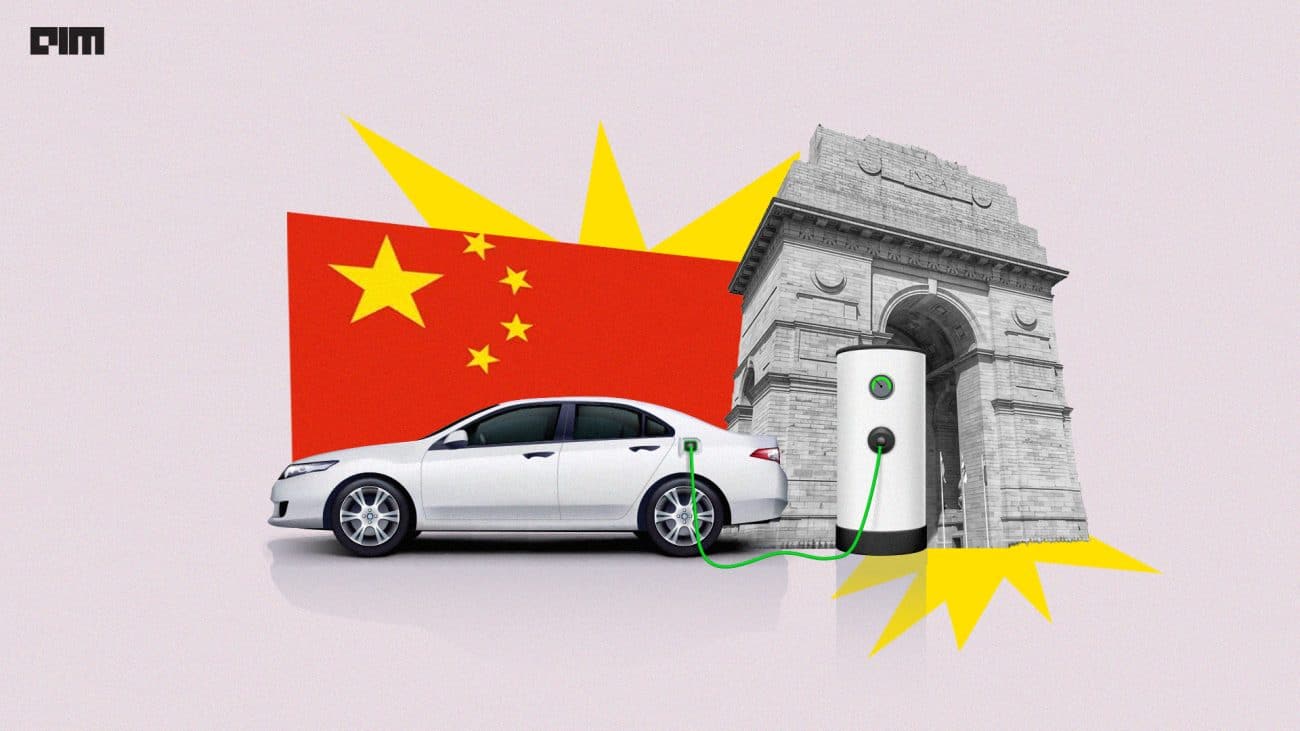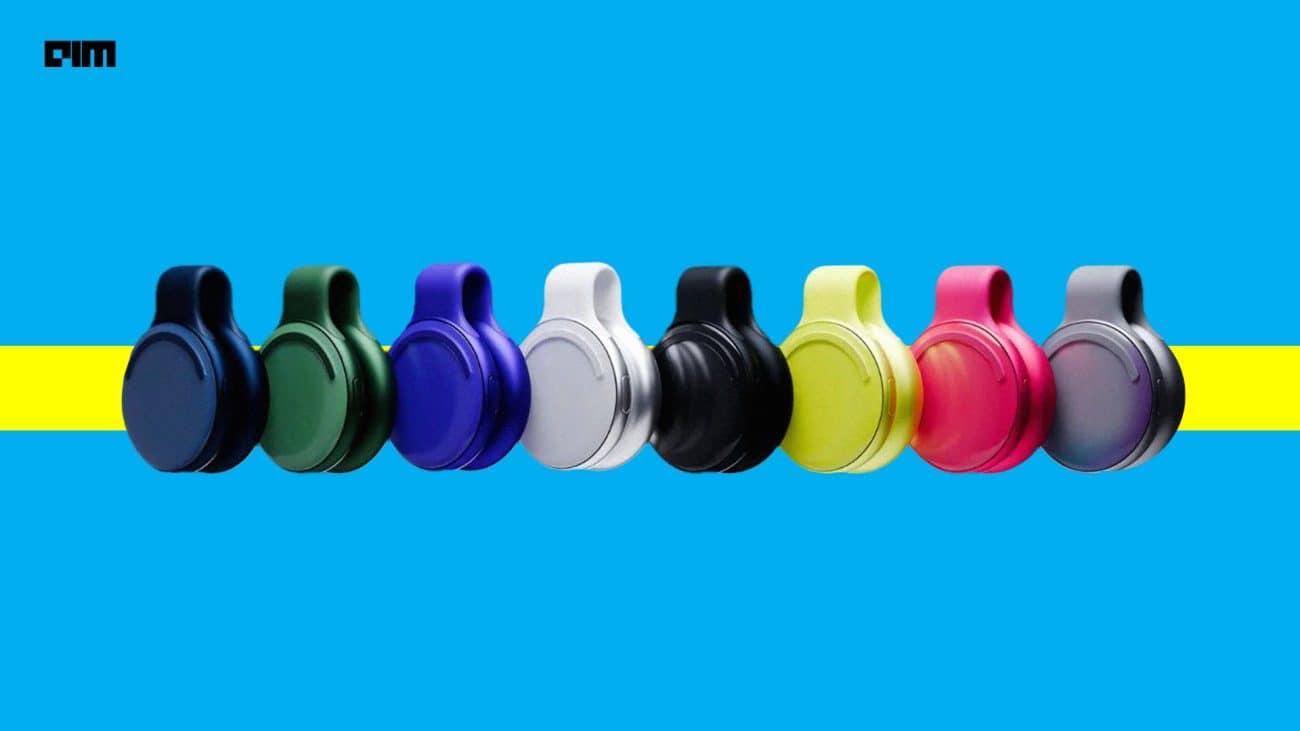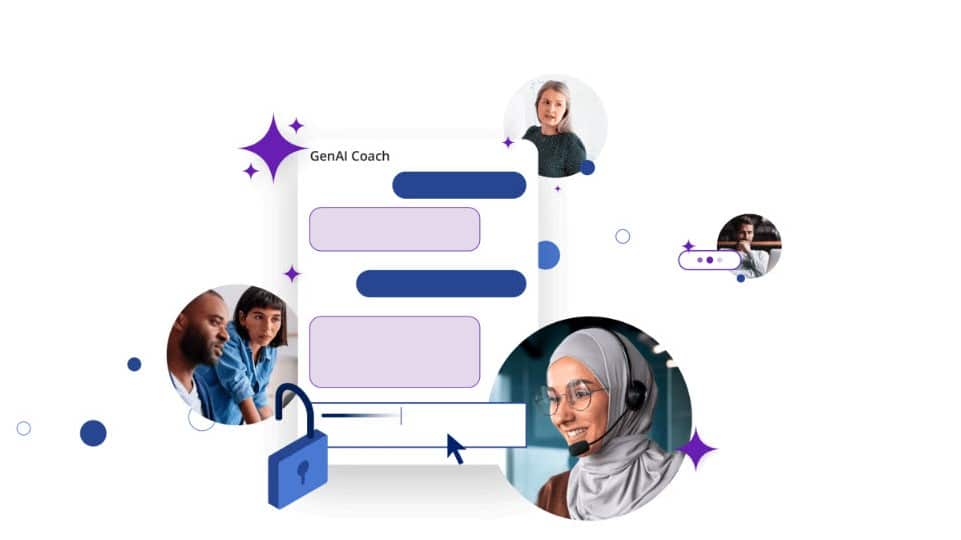|
Listen to this story
|
Google recently launched an innovative analytics solution called ‘Firebase Analytics’ for mobile apps at their annual I/O 2016 developer conference. Firebase Analytics is a free app which helps its users to get an insight into the usage of their app and how the users of their app behave. Think of it as Google Analytics for mobile.
But before getting deeper into Firebase analytics, let’s first understand what Firebase is? Firebase can simply be explained as a unified app platform for iOS, Android, and mobile web development. And at the heart of Firebase is Firebase Analytics – a free and unlimited analytics solution.
History of Firebase
Firebase was started in 2011, and by October 2014, it was acquired by Google. Firebase is a backend service which helps developers build real-time apps for iOS, Android and the web that can store and sync data instantly. And after merging with Google, Firebase has grown immensely from 110,000 to over 450,000 developers and has added new products to its portfolio.
Key Features
By using Firebase Analytics, the iOS or Android app owners can understand how people use their app. The events and the user properties are captured automatically by the Firebase SDK, thereby allowing the app owners to define their custom events so they can measure and analyse the parameters which are important to their business.
Firebase Analytics app has two key features, i.e. unlimited reporting and audience segmentation. Firebase analytics gives unlimited reporting for up to 500 distinct events or user properties, which the user of this app can define with the help of Firebase SDK. Also, it allows for audience segmentation, i.e. the user of the Analytics app can define a custom audience based on device data, custom events, or user properties in Firebase Console.
How does Firebase Analytics work?
The first step of the Analytics app is capturing data of app users, post which the entire data can be viewed on a dashboard with the help of Firebase Console. The dashboard helps the companies to get an in-depth understanding of the data collected. For example, the dashboard displays simple data like demographics of the users, no of active users to detailed data like which is the most purchased item.
The reports generated by Firebase Analytics give the app using an understanding of how its users behave, thereby helping them to make informed decisions with respect to marketing their app and how to optimise their performance. This Analytics app has been created in a way that it is used and event-based, rather than session or page-view-based.
It is up to the organisations to interpret and analyse this data and use it further to grow their business. Organisations can dig deep within their data to enhance the app user base and accordingly design their marketing strategies. By analysing the data, they can understand their strengths and weaknesses and where the opportunities exist.
Firebase Analytics also allows the iOS and android app owners to integrate with other services like Firebase Notifications, Big Query, Google Tag Manager, and Firebase Crash reporting. For instance, Firebase analytics can be linked to Big Query to execute custom analysis on the complete dataset.
Implementation of the app
Implementing the Firebase Analytics app is an easy job. The user of this app just needs to add the Firebase SDK to his/her new or existing app, and data collection begins immediately. The collected data can be viewed in the Firebase console within hours of using the app.
The Analytics app allows logging custom events which are meaningful to the Firebase Analytics user’s app. Also, the app owner can define his audiences which are relevant to him in the firebase console. In this way, he can target his custom audiences for promotions or new app features.








































































































